July in South East Queensland is beautiful weather for gardening. Despite cooler winter temperatures, various fruits, vegetables, and herbs thrive. Here are essential tips to make the most of your subtropical garden in July in Australia.
Selecting the Right Plants
July is perfect for growing cool-season crops that flourish in mild winter temperatures, typically this is the last month we can plant some cool season favourites before the heat hits us in Spring. Focus on these vegetables and herbs:
- Leafy Greens: Lettuce, spinach, kale, and Swiss chard grow well and can be harvested throughout the winter.
- Root Vegetables: Carrots, beets and radishes are ideal for planting this month.
- Brassicas: Last chance for your Broccoli, cauliflower and cabbage.
- Legumes: Peas and broad beans can be planted now for a bountiful harvest in the coming months.
- Herbs: Parsley, coriander, and dill thrive in the mild winter climate.
Start getting ready for spring
That’s right mid winter is when we start thinking about Spring plantings. Specifically it’s when we start our cherry tomatoes via seed. Just look for a day where you’ve got a consistent temp of around 21 degrees (or invest in a heat mat).
Watering Wisely
Proper watering is essential for your garden's health, even in winter:
- Consistent Moisture: While winter temperatures reduce evaporation, ensure your plants receive consistent moisture. Avoid overwatering, which can lead to root rot.
- Drip Irrigation: Use drip irrigation or soaker hoses to deliver water directly to the plant roots, minimising waste and preventing wet foliage.
Pest and Disease Management
Winter gardens can still face pest and disease issues. The most common culprit this time of year is aphids, keep an eye out on them and make sure you plant flowers to bring in their natural predators.
Fertilising
Even in winter, your plants will need nutrients to grow. We give our gardens a monthly boost of slow release organic fertiliser and weekly applications of Seaweed Saver.
Pruning
June was about fruit trees, but in July we give back all our perennial plants a brutal trim back. This will help them bounce back to life and look amazing come spring.
Repotting Plants
July is also a good time to repot any container plants, specifically for us herbs and our blueberries. Tips for repotting.
- Choosing the Right Pot: Select a pot that is slightly larger than the current one, with good drainage. If you’re after low maintenance always opt for a larger pot.
- Fresh Soil: Use fresh potting mix rich in organic matter to provide nutrients and improve drainage.
- Gently Repot: Carefully remove the plant from its old pot, gently loosen the roots, and place it in the new pot. Fill with fresh soil and water thoroughly.
- Post-Repotting Care: Keep repotted plants in a sheltered spot for a few days to reduce stress and help them acclimate to their new environment.
Planning for Harvest and Beyond
June is also a great time to plan for future harvests:
- Succession Planting: Plan for continuous harvests by planting new batches of crops every few weeks.
- Companion Planting: Enhance garden health and reduce pest issues by planting compatible plants together. For example, plant marigolds to deter beetles and nasturtiums to ward off aphids.
If you're after plans for what to plant when and layouts come join us in Dirt Lovers.
If you've been following us on YouTube you'll know how we're only just getting back in to the garden after neglecting it for 18 months, but here is an update for what we're up to this July.
Growing food in a subtropical garden in July in Australia can be highly rewarding with the right approach. By selecting appropriate crops, preparing your soil, watering wisely, managing pests and diseases, and repotting as needed, you can enjoy a bountiful winter harvest. Keep an eye on weather conditions, stay proactive, and enjoy nurturing your garden through the cooler months.


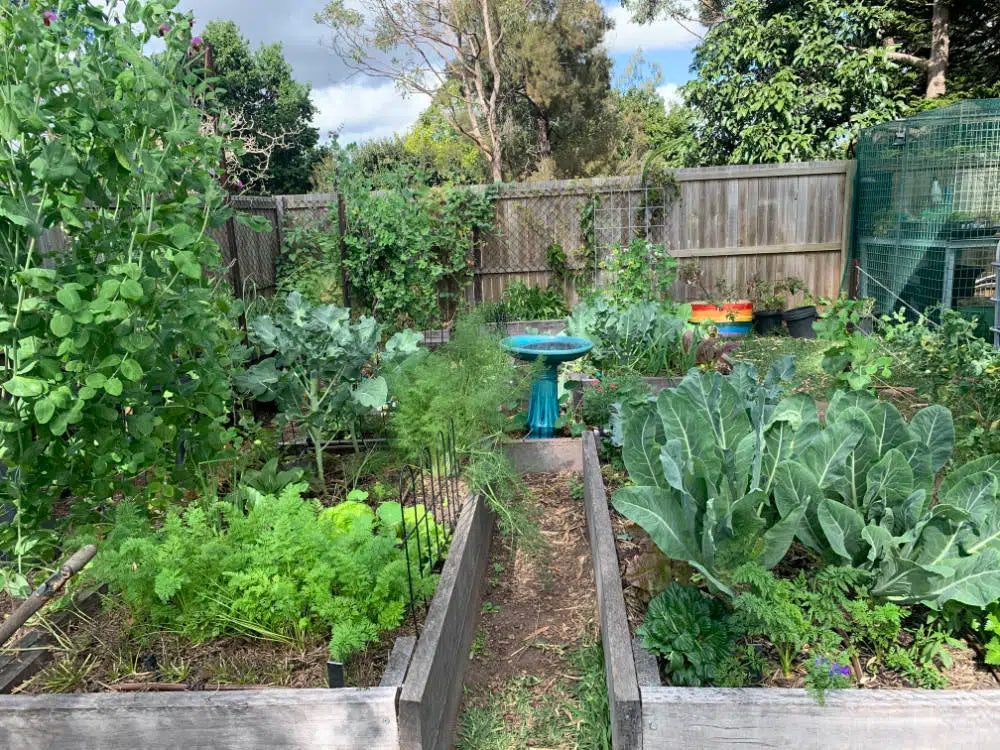
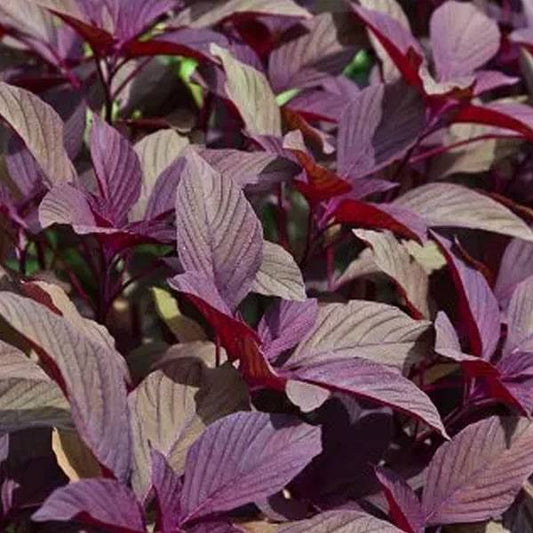

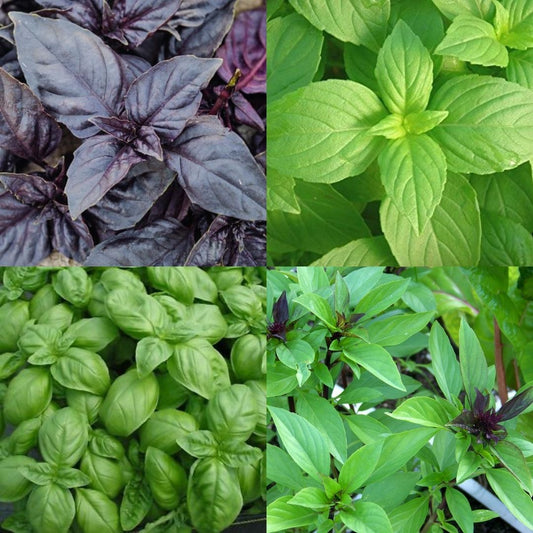
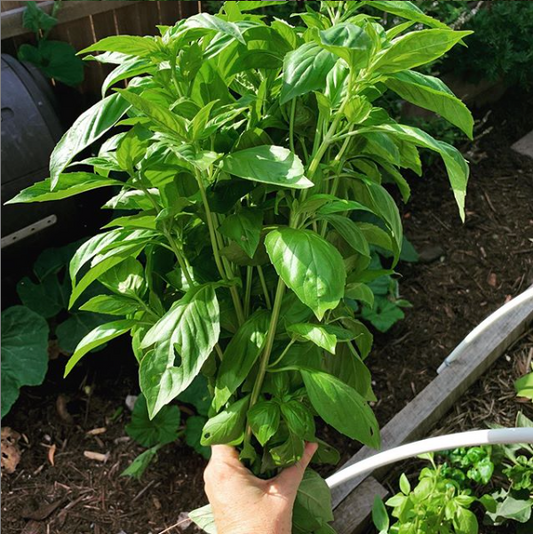
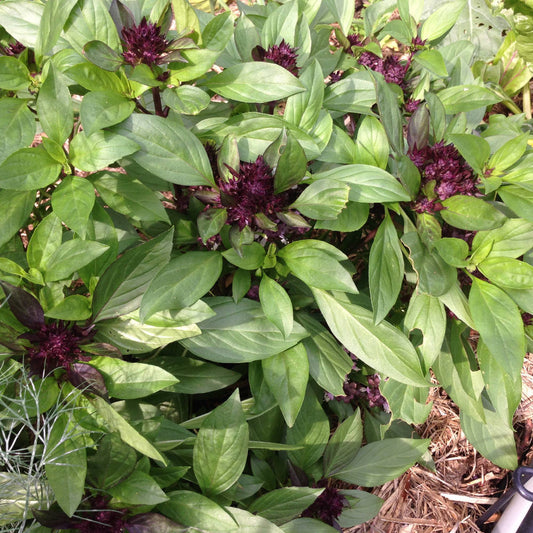
1 comment
Love the info